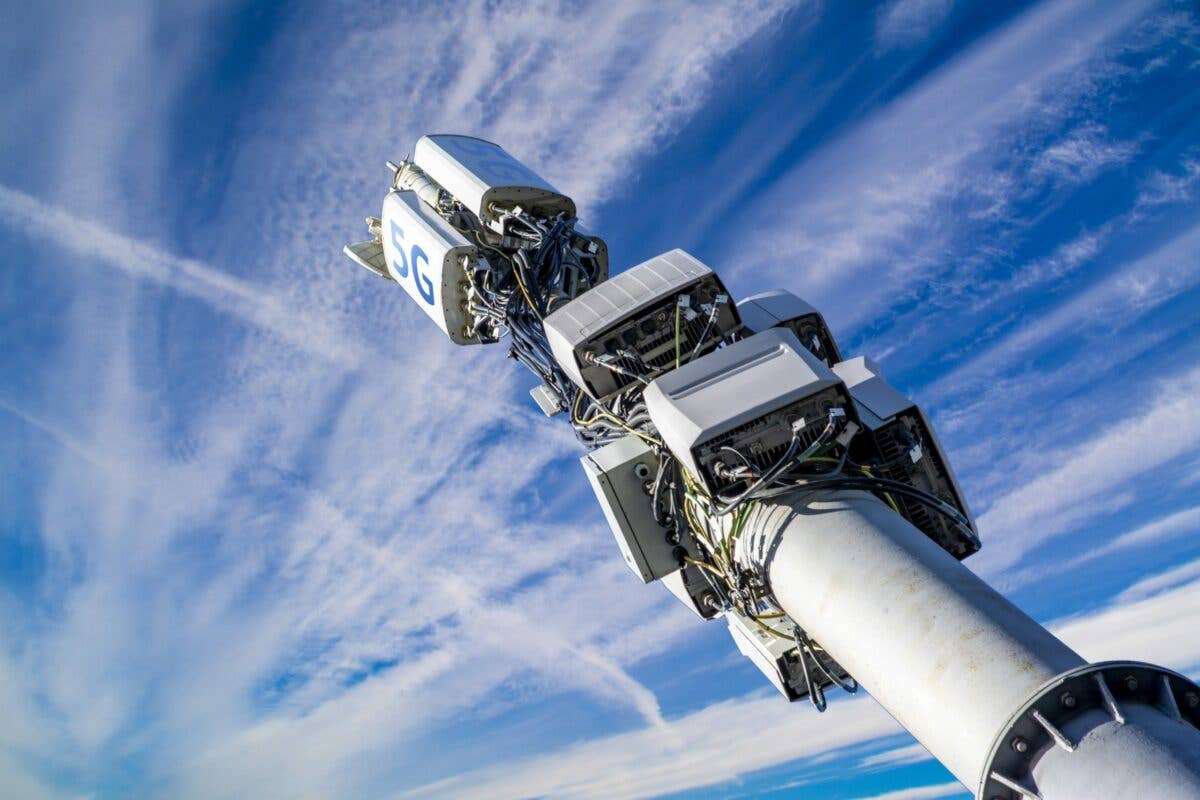5G Interference Potential Prompts FAA To Propose New Rule for Helicopters
The proposed AD would affect more than 1,100 helicopters equipped with radar altimeters that could be compromised by 5G C-band interference, FAA said.

Depending on the equipment installed, some rotorcraft operators may need to install filters between the radio altimeter and the aircraft antennae to protect the radio altimeter from interference in the 5G C-band broadcast, FAA said. [Credit: Adobe Stock]
The rotorcraft community is pouring through the FAA notice of proposed rulemaking (NPRM) regarding the impact of 5G C-band transmissions on helicopters equipped with radio altimeters.
On April 12, the FAA published a NPRM applying to all helicopters that fly in airspace where 5G C-band interference could compromise the integrity of radio altimeters.
According to the FAA, the airworthiness directive (AD) is for all helicopters equipped with a radar altimeter due to the potential for 5G C-band interference.
"This proposed AD would supersede a 2021 AD because the FAA determined additional limitations are needed due to the continued deployment of new 5G C-Band base stations.” the FAA told FLYING. “It requires revising the rotorcraft flight manual to prohibit certain operations that require radar altimeter data. The AD would require the rotorcraft flight manual revision on or before June 30, 2023."
According to the FAA, the AD affects approximately 1,128 U.S.-registered helicopters.
Depending on the equipment installed, some rotorcraft operators may need to install filters between the radio altimeter and the aircraft antennae to protect the radio altimeter from interference in the 5G C-band broadcast. In some cases, the addition of a filter will not be enough, and will require the replacement of the radio altimeter with an upgraded radio altimeter.
Interested parties have until May 12, 2023 to forward their comments on the Rotorcraft 5G NPRM to the FAA.
5G Upgrades Coming
For several years now, telecommunications companies have announced intentions to increase broadcast signals to allow for faster wireless communications. 5G networks across the United States are expected to increase their signals by June as more transmission towers are built.
There is concern that the transmission from the towers can corrupt the integrity of certain radio altimeters causing inaccurate readings that could put an aircraft at risk for a collision with terrain in low visibility situations.
As previously reported in FLYING, multiple airports have Notices to Air Missions (NOTAMs) warning pilots about the potential impact of 5G transmission in their vicinity. In January 2022, the wireless companies voluntarily reduced the power of the 5G towers near airports to help protect air traffic while the industry focused on developing protections against interference.
The FAA noted that both AT&T and Verizon agreed to keep their voluntary mitigations in place until July 2023 to give the aviation industry an additional year to retrofit their airplanes with radio frequency filters.
The airlines have until 2024 to make upgrades to comply with 5G per an FAA Airworthiness Directive. The proposed AD requires passenger and cargo aircraft in the U.S. be equipped with 5G C-Band tolerant altimeters by next February.
FLYING reached out to the Helicopter Association International (HAI) for their perspective, but our request for comment was not answered by press time. In the past, HAI has expressed concerns that because of the widespread extent of 5G C-band signals NOTAMs saying alternative methods of compliance (AMOCs) on a case-by-case basis will not be a workable solution.

Subscribe to Our Newsletter
Get the latest FLYING stories delivered directly to your inbox






